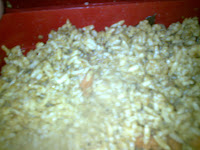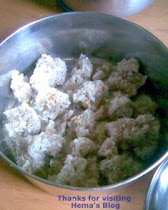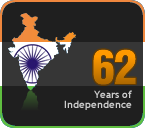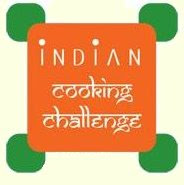 |
| ThenkaiDosa+Dosapowder |
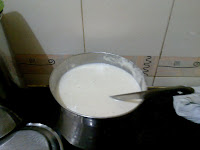 Thenkai means coconut and dosa out of it. I was literally surprised to see this recipe in Shanthi's blog.
Thenkai means coconut and dosa out of it. I was literally surprised to see this recipe in Shanthi's blog. First thing I remember about coconut is it is used to worship God in our Hindu culture. It's a must on festival days to make sweets or savories, to worship, in some of the houses it is used to take drishti/nazar lagna (evil eyesight).
Where is coconut found?
- Found across much of the tropic and subtropic area, the coconut is known for its great versatility as seen in the many domestic, commercial, and industrial uses of its different parts

Coconut tree has got a tap root system means the roots is a straight line with root hairs on either of the side.
I remember a line of a poem in kannada "kelage upu niru kudive, mele sihi nira koduve" means i will drink salt water in the bottom, means what we pour for the roots is salt water but i give you sweet water which is coconut water.There are lot of uses from this tree.
What are the uses of coconut?
Coir:
 |
| Coconut Coir - used for pulling water |
Copra:
 |
| Copra used for cooking |
 |
| Dasara Celebration with copra |
 |
| Coconut Oil used in soaps and cosmetics |
Coconut Oil:
This parachute hair oil if you use it for your hair one hour before your head bath, the hair will be so smooth and soft. Thanks to Parachute.
 |
| Olden Days Cooking Stove |
In earlier days, when they used to boil water for bath using a place where they used to put these wooden logs, husks, shells, eucalyptus leaves etc. There husks/shells used to play a very good role.
Coconut roots: The roots are used as a dye, a mouthwash, and a medicine for diarrhea and dysentery. A frayed piece of root can also be used as a toothbrush.
 Coconut trunks: Trunks are used for building small bridges; they are preferred
for their straightness, strength and salt resistance. In Kerala (India),
coconut trunks are used for house construction.
Coconut trunks: Trunks are used for building small bridges; they are preferred
for their straightness, strength and salt resistance. In Kerala (India),
coconut trunks are used for house construction.
Coconut Timber: Timber comes from the trunk, and is increasingly being used as an ecologically sound substitute for endangered hardwoods. It has applications in furniture and specialized construction, as notably demonstrated in Manila's Coconut Palace.
Coconut milk: Coconut milk is obtained primarily by extracting juice by pressing the grated coconut's white kernel or by passing hot water or milk through grated coconut, which extracts the oil and aromatic compounds. This is used in making sweets. When it is refrigerated the cream comes to the top which gets separated from milk. The milk can be used to produce virgin coconut oil by controlled heating and removal of the oil fraction.
 |
| Processed Cocojal |
 |
| Fresh Tender Coconut |
Coconut water: Coconut water contains sugar, fiber, proteins, antioxidants, vitamins and minerals, and provides an isotonic electrolyte balance. It is consumed as a refreshing drink throughout the humid tropics and is gaining popularity as an isotonic sports drink.
When somebody falls sick and is in hospital the first thing offered is fresh tender coconut which has more water or only water. In other tender coconut we will have fresh coconut also which is so tasty to eat.
The same is processed and then stored for days together which is called Cocojal.
 Because of its "n" number of uses it is also called and worshiped as "Kalpavriksha" means a tree which can give whatever you ask.
Because of its "n" number of uses it is also called and worshiped as "Kalpavriksha" means a tree which can give whatever you ask.
For more information refer to the source: Coconut

Ingredients:
Whole Urad Dhal - 2 cups (1 cup = 100 gms)
Coconut - 1/2 cup
Soak urad dhal overnight in the morning blend it nicely with water.
Retain some urad dhal in the end and mix it with coconut and blend it till its smooth to touch.
Add salt and baking soda to the batter and keep it for fermentation for one hour. Batter should be thin in consistency.
Heat a tawa and pour little oil on top of it and pour the batter
Spread it across by rotating the tawa so that the batter spreads
Leave it get roasted, put oil on the batter and once crispy turn it to the other side
Remove it from the stove and serve it with chutney powder and/or with groundnut chutney


































